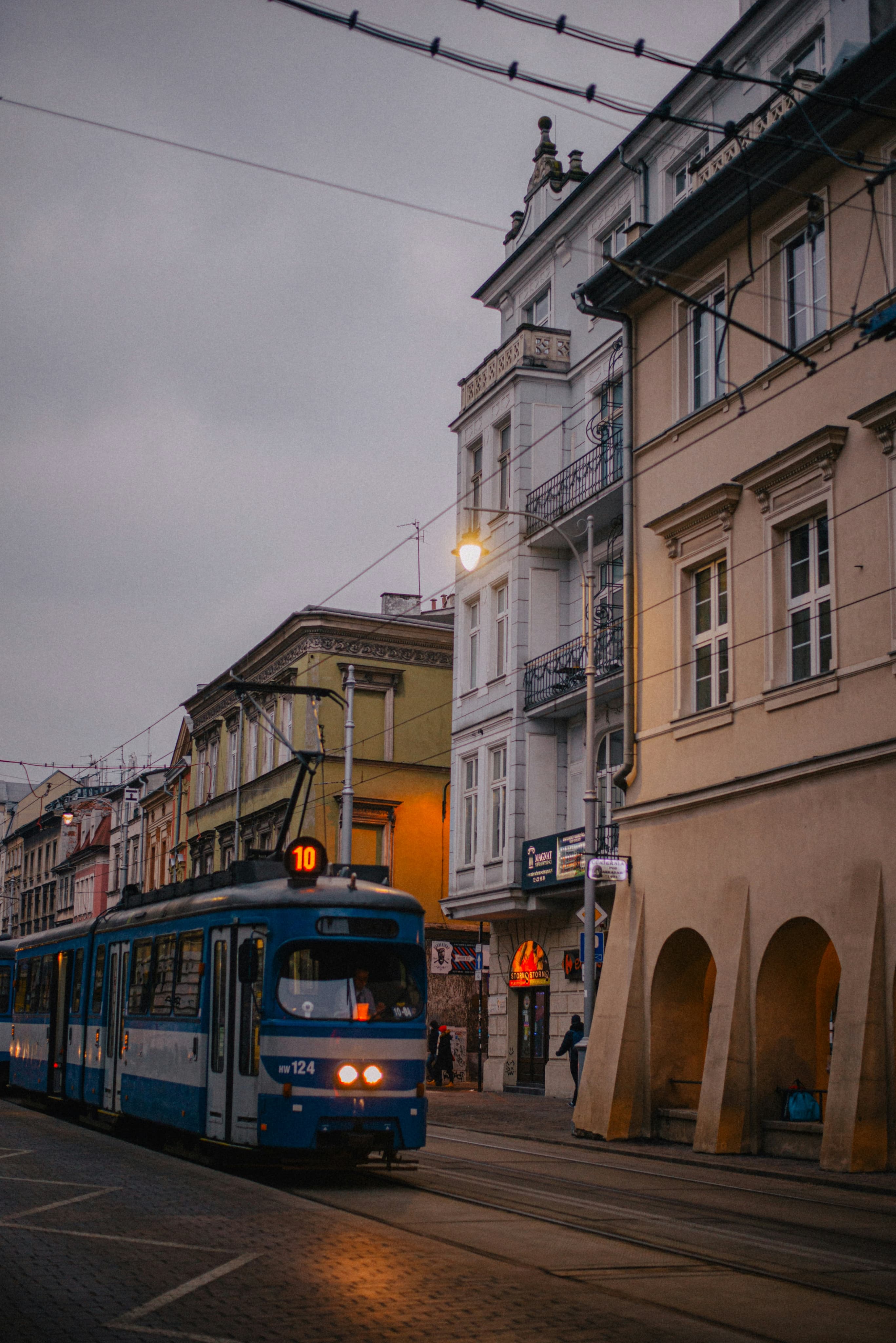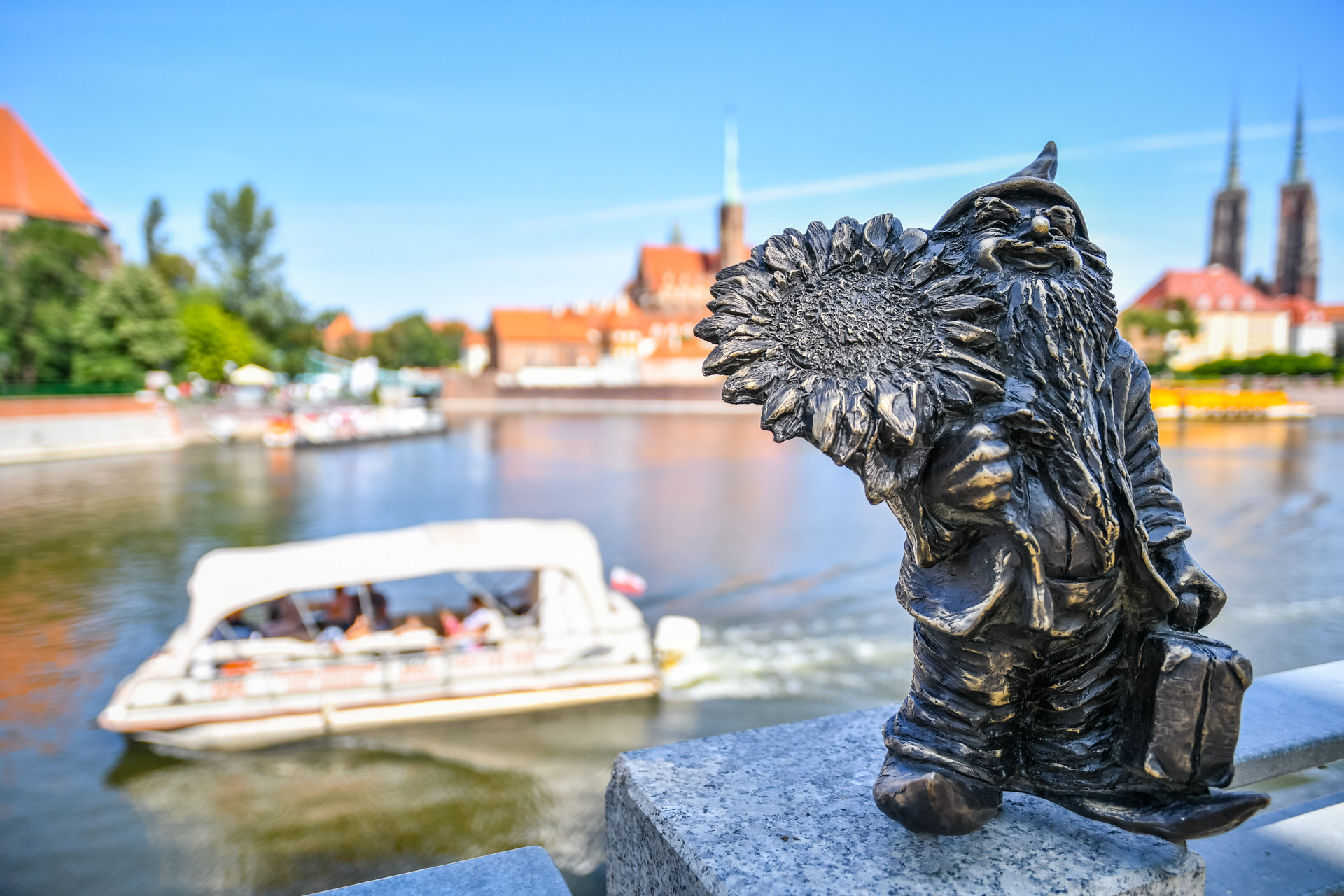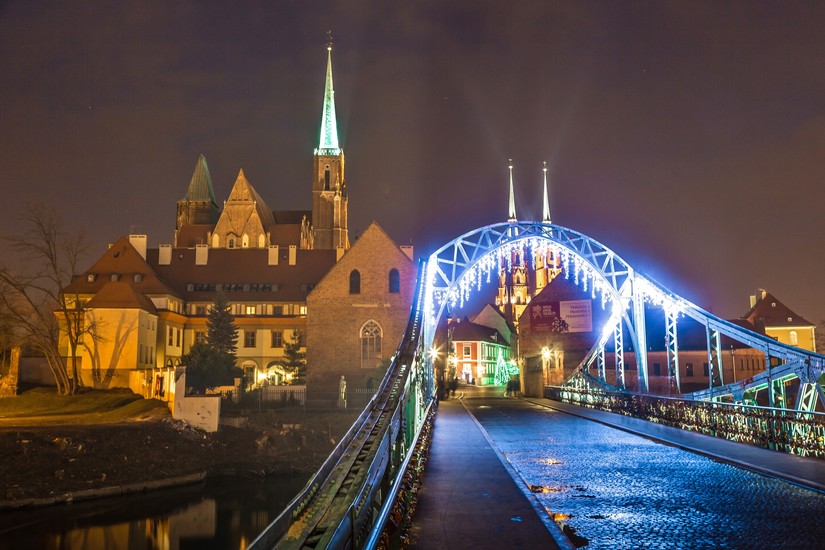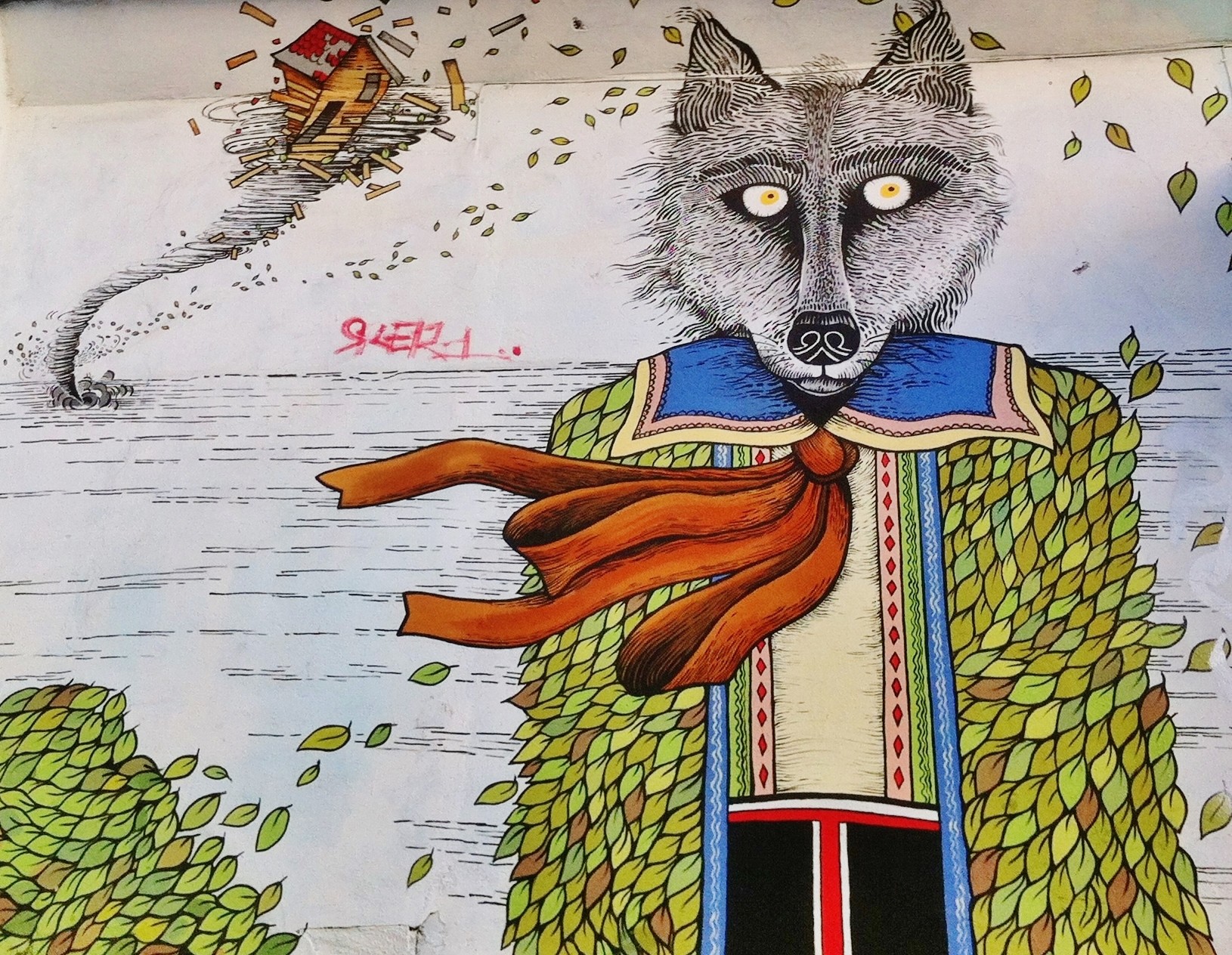A Guide to Wrocław for Students & Young People!
Which leads us to question, what are Europe's next great travel destinations? Which cities are the most exciting and timely places to be RIGHT NOW?
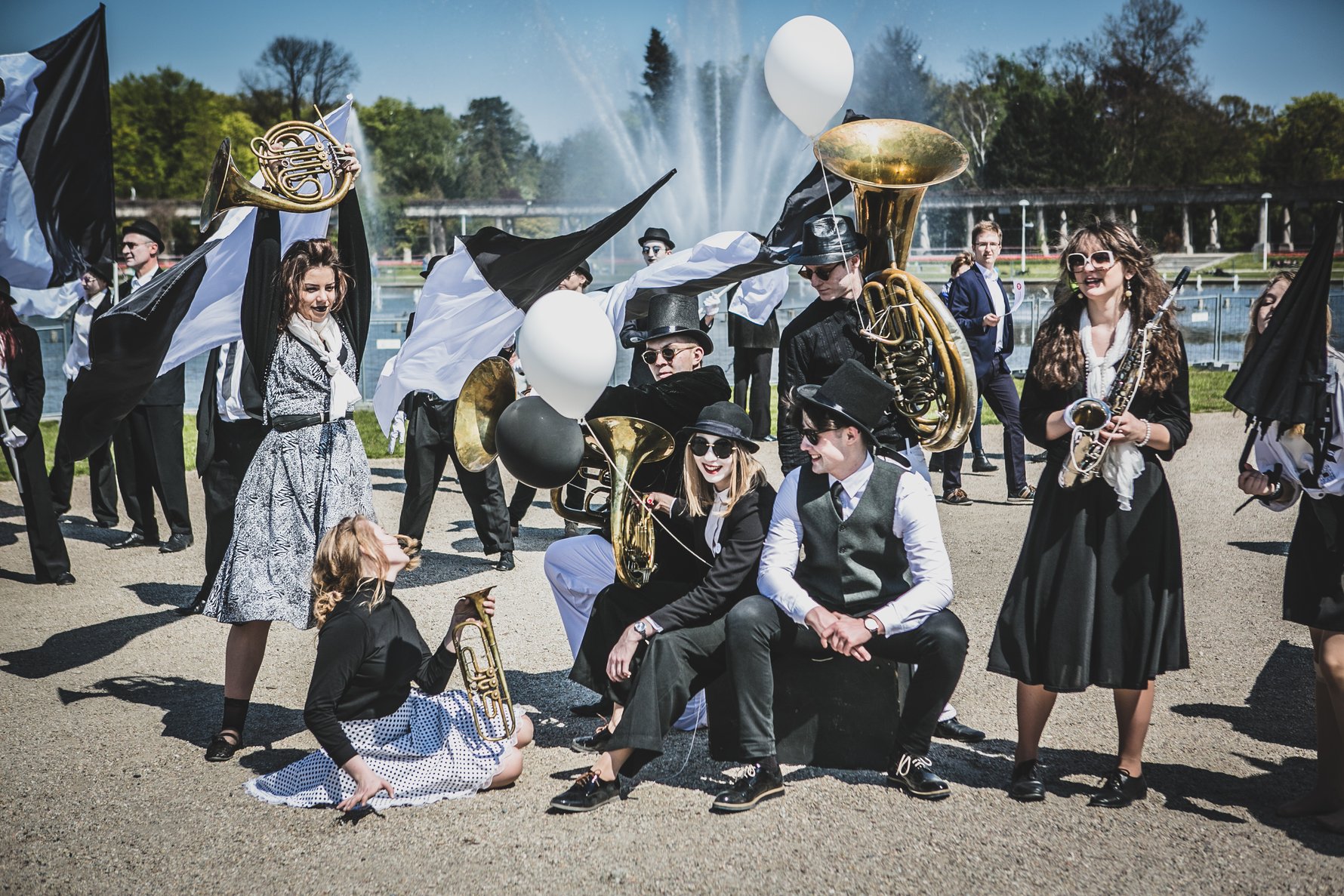
To this query, we submit: Wrocław (by the way, it's pronounced 'VROTS-wav'). This is what you will find in this article, just jump to the section you're most interested in:
- City of Culture & Literature
- Alluring Architecture
- Urban Revitalisation & Alternative Art Spaces
- University, Diversity & Affordability
- Out-All-Nightlife & Alternative Drinking Districts
- Beer Gardens, Beach Bars & Riverside Hangouts
- River Recreation & Island Hopping
- Craft Beer Capital of Poland
- Diverse Dining for All Diets & Budgets
- Secondhand Swag, Fairs & Flea Markets Galore!
Developing rapidly over the past couple decades, Wrocław has embraced its complex history to become one of the most open, diverse and progressive cities in Poland. While holding its own with the likes of not-distant neighbours Vienna, Kraków and Prague in terms of postcard panoramas and cultural offerings, Wrocław has also earned a reputation as alternative and dynamic thanks to extensive urban revitalisation projects, public art pieces and the energy of its enormous student population. If you're looking for a budget destination off the typical tourist trail that combines handsome architecture and high culture with hip urbanity and unhinged nightlife - Wrocław is for you. Below we take a look at what makes the city so attractive, particularly to young people, and why we're calling Wrocław the coolest, most exciting city in Poland.
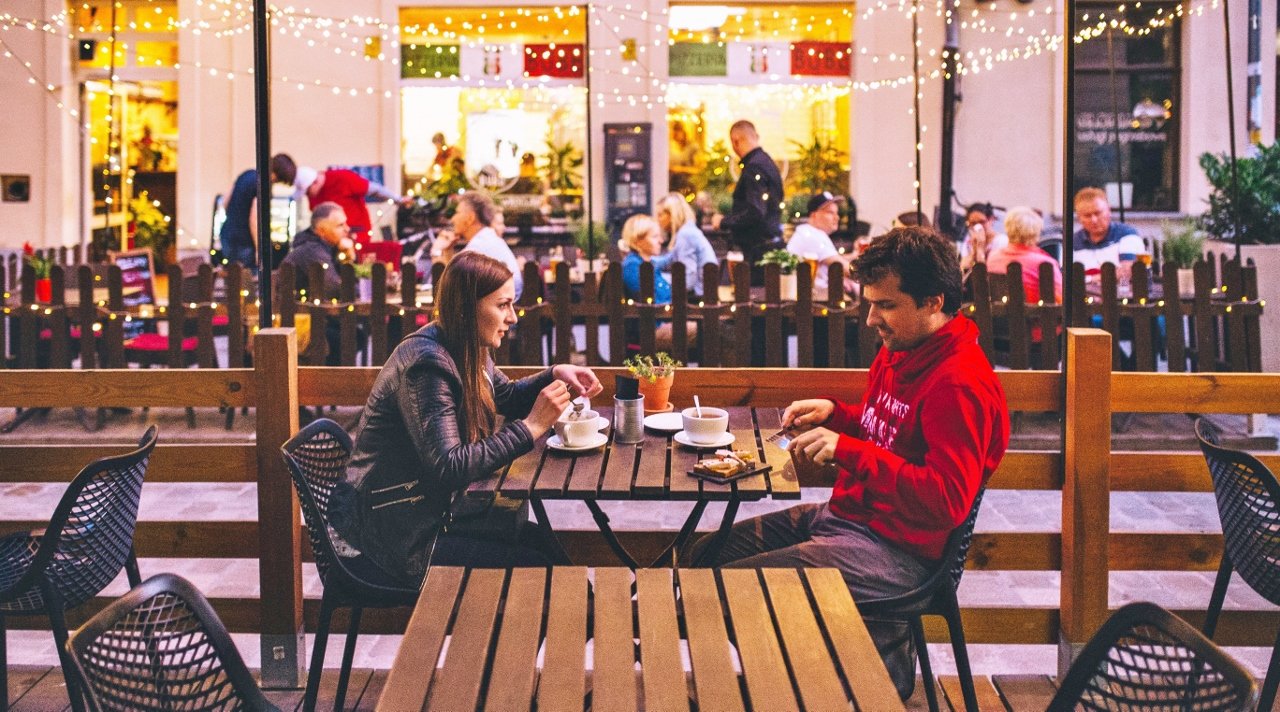
Photo by Wiktor Karkocha/Unsplash
City of Culture & Literature
Before we go any further, we want to state a fact: Wrocław is a European City of Culture! It officially won the title in 2016 and, although they have since had to make other cities feel better about themselves, Wrocław's qualifications remain! The western Polish city is well-located along the tour route of major entertainers, who appreciate the big audiences who turn out to the city's amazing venues like the UNESCO-listed architectural marvel called Centennial Hall, the new National Forum of Music, the old brewery site Browar Mieszczański, and cult music clubs like Firlej, Vertigo and Stary Klasztor. The city's cultural calendar is packed with major festivals and events that draw thousands of international observers and participants each year. Annual highlights include Jazz on the Odra, One Love Music Festival and the Brave Festival - the latter of which showcases global music traditions with an incredibly diverse line-up. Of course the city's festivals aren't consigned only to music; the New Horizons Film Festival is one of Poland's most important festivals for film, the Avant Art Festival fuses experimental art and music, and oddballs like the Festival of High Temperatures - which turns blacksmithing and glass-work into something of a live performance - prove that there truly is something for everyone!
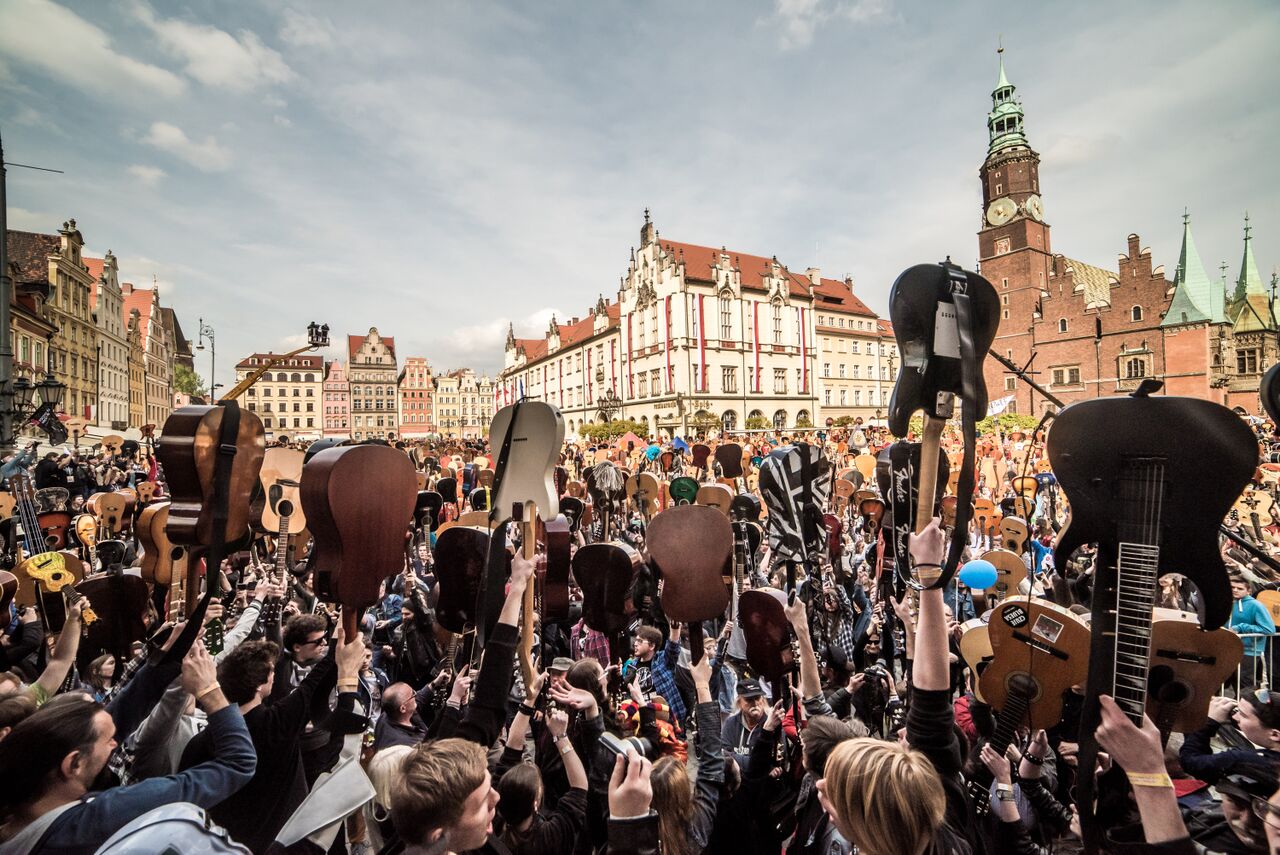
for most people playing the same song together - true story!
The city is home to dozens of top-quality art galleries and museums - don't miss the outstanding art collection of the National Museum, the Hydropolis interactive water centre, or the wacky contemporary art at the Four Dome Pavilion. Wrocław also features a beautiful Opera House and no less than 12 active theatres, including the curiously named 'Song Of The Goat' Theatre whose repertoire is almost entirely in English. To find out what's on in Wrocław right now, visit our Events section!
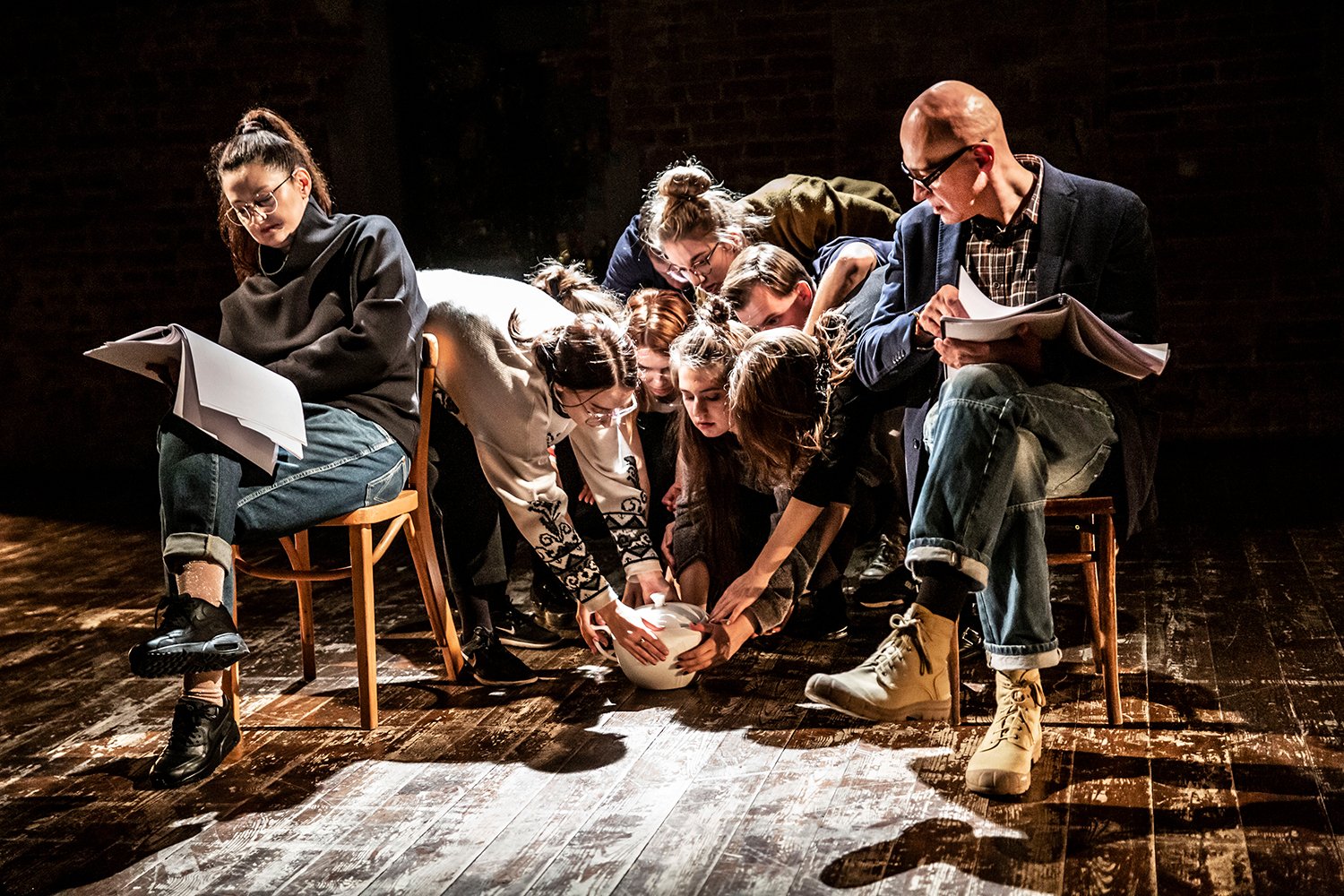
Another quick fact before we move on: Wrocław is a UNESCO City of Literature. Officially earning the honour in 2019, Wrocław joined Kraków as the two Polish cities to be so designated, and for good reason. Many literary greats in both Polish and German are products of the city and/or its university: Gerhart Hauptmann, Theodor Mommsen, Marek Krajewski and recent Nobel Prize for Literature winner, Olga Tokarczuk. (Many more appear in our list of Polish Literature Must-Reads.) The city was considered the centre of German Baroque Literature during the 18th century and was home to the First and Second Silesian School of Poets. Home today to the priceless Ossolineum Library and Pan Tadeusz Museum, Wrocław also boasts many independent bookstores, as well as literary events throughout the year. If you're looking for literary inspiration, seek no further!
